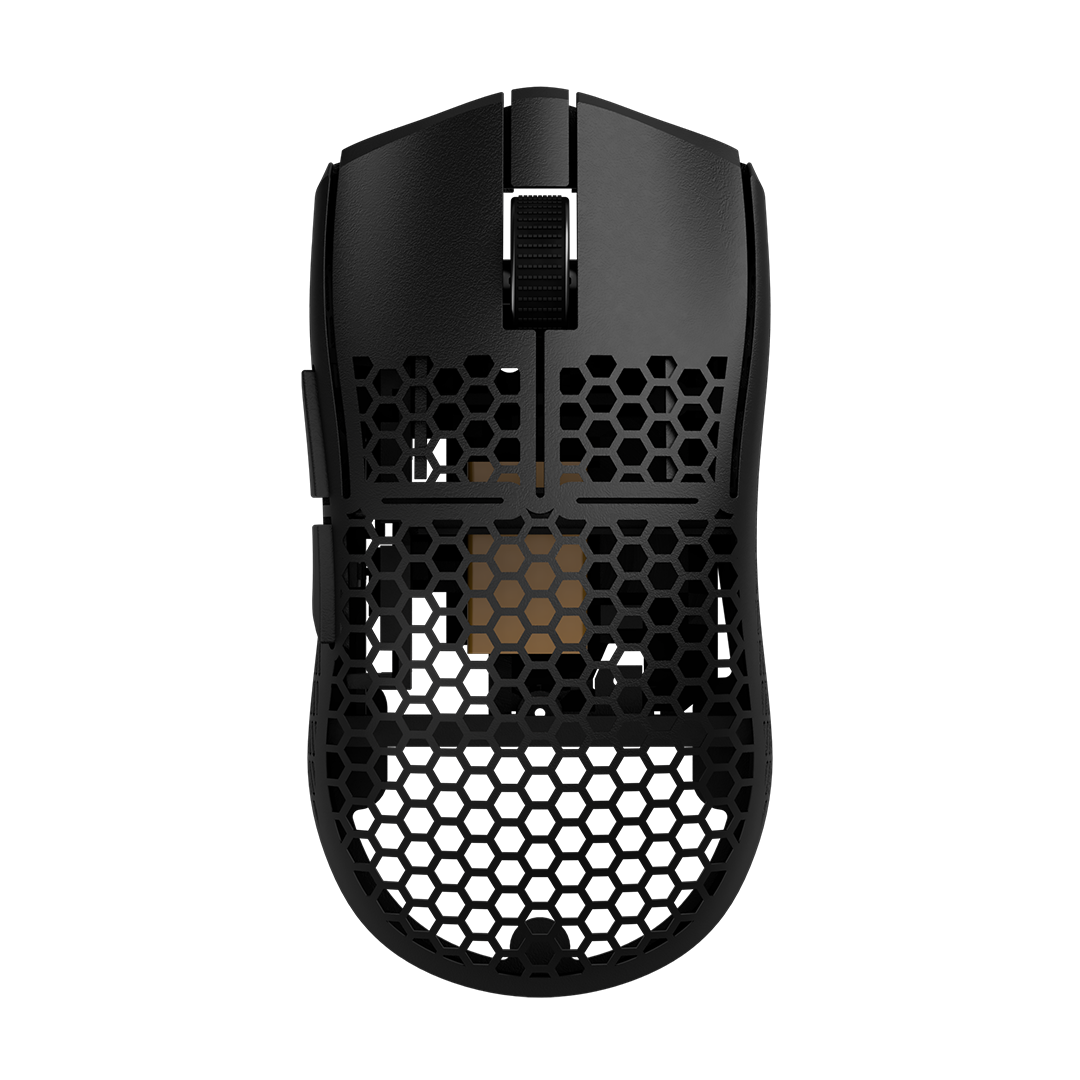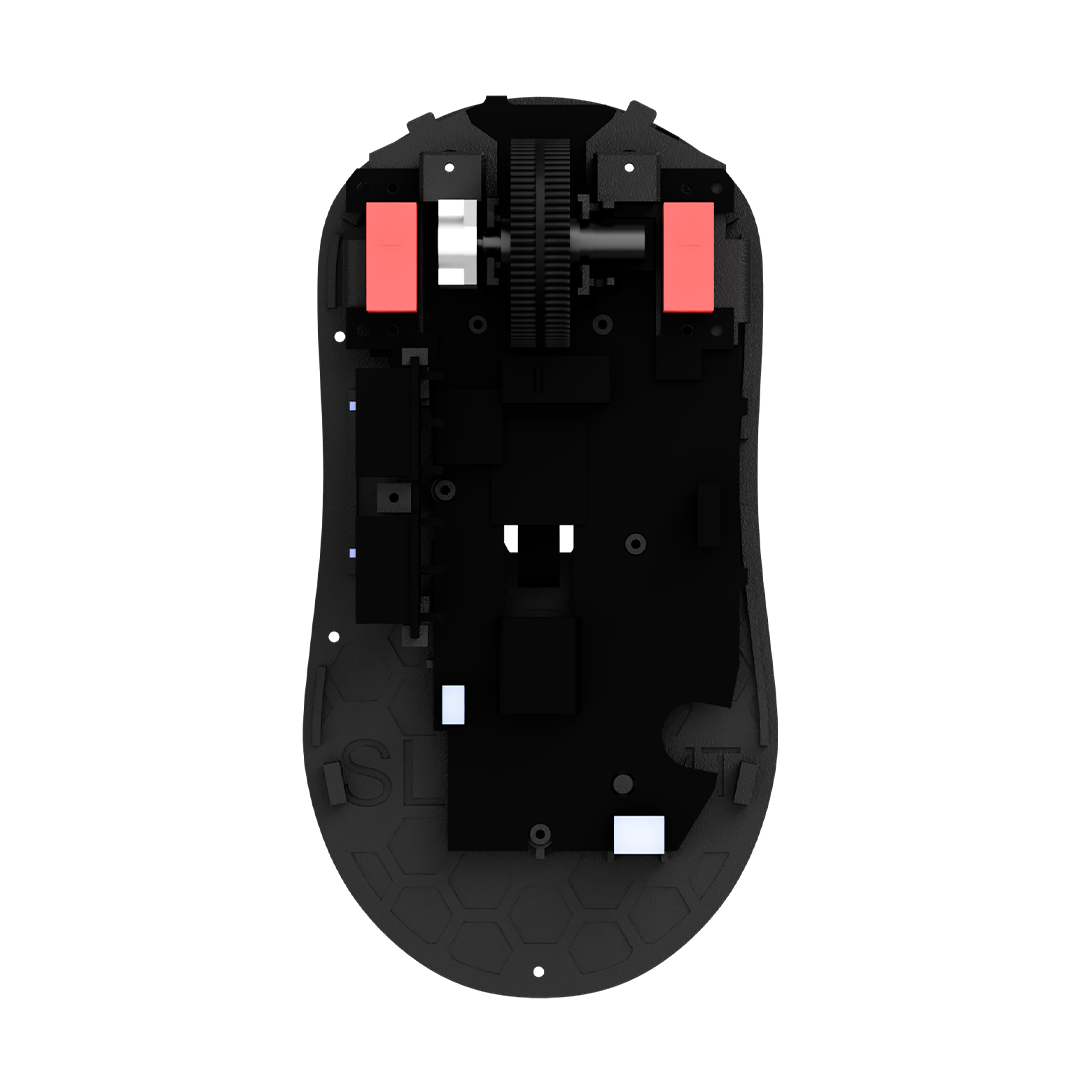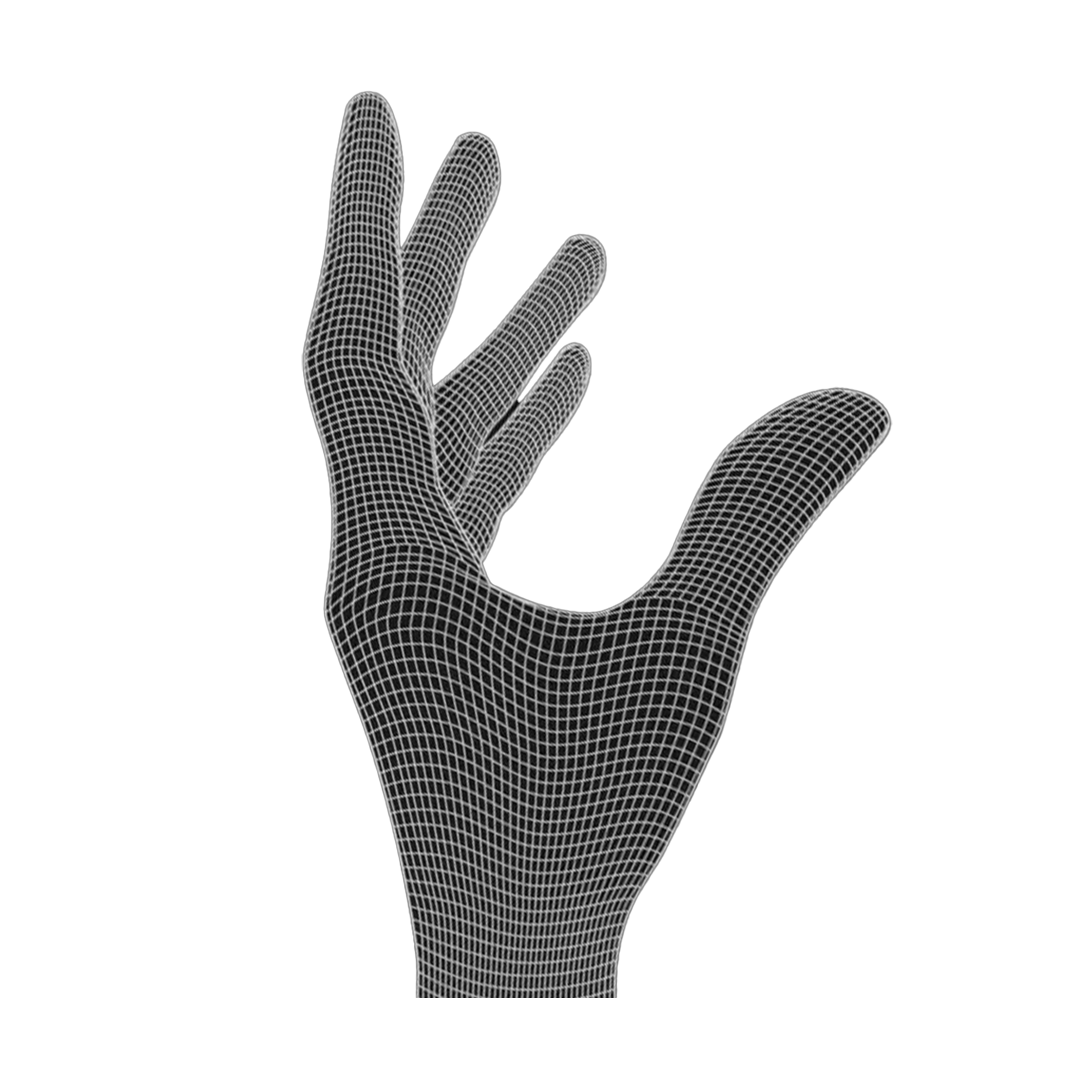In the dynamic world of computer peripherals, the mouse switch is an often-overlooked component that plays a pivotal role in our daily digital interactions. Every click, every drag-and-drop action is made possible by these tiny switches hidden beneath the sleek exterior of our mice. In this blog post, we'll embark on a journey to unravel the mysteries of mouse switches, exploring their types, mechanisms, and how they contribute to the overall user experience.
-
The Anatomy of a Click: Mouse switches are the unsung heroes behind the satisfying click sound and tactile feedback we feel with each press of a mouse button. These switches are typically positioned beneath the primary left and right buttons, as well as additional buttons on gaming mice.
-
Mechanical vs. Non-Mechanical Switches: a. Mechanical Switches: Mechanical switches are known for their durability and distinct tactile feel. They use physical moving parts, such as metal contacts, to register a click. The audible click and tactile feedback are especially appreciated by gamers and typists who enjoy the sensation of each key press.
b. Non-Mechanical (or Optical) Switches: Non-mechanical or optical switches, on the other hand, use light beams to register clicks. These switches are often considered more responsive as they lack physical components that can wear out over time. Optical switches are gaining popularity, particularly in gaming mice, for their fast response times and longevity.
-
Actuation Force: Actuation force refers to the amount of force required to register a click. Different users have varying preferences when it comes to actuation force, with some preferring a lighter touch for quick and effortless clicks, while others may appreciate a slightly heavier feel for more deliberate actions. Many mice now offer adjustable actuation force settings, allowing users to tailor their mouse to their preferences.
-
Lifespan and Durability: The lifespan of mouse switches is measured in clicks, with most high-quality switches rated for millions of clicks. Durability is a crucial factor, especially for gamers who may subject their mice to intense clicking sessions. Understanding the expected lifespan of a mouse switch can help users choose a mouse that will withstand the test of time.
-
Double-Click Issues: One common concern with mouse switches is the occurrence of unintended double-clicks. This issue can arise as switches age and develop wear. Manufacturers address this by implementing features like debounce technology, which helps prevent unintended double-clicks by ignoring rapid consecutive clicks.
Conclusion: As we navigate the digital landscape, our mouse becomes an extension of our hand and a gateway to our virtual world. The choice of mouse switches may seem trivial, but it significantly impacts our user experience. Whether you're a gamer seeking the perfect click for rapid-fire actions or a professional needing precise and reliable input, understanding the nuances of mouse switches empowers you to make an informed choice. So, the next time you click, marvel at the intricacies of the mouse switch, the tiny component that bridges the physical and digital realms with every press.







Leave a comment
This site is protected by reCAPTCHA and the Google Privacy Policy and Terms of Service apply.